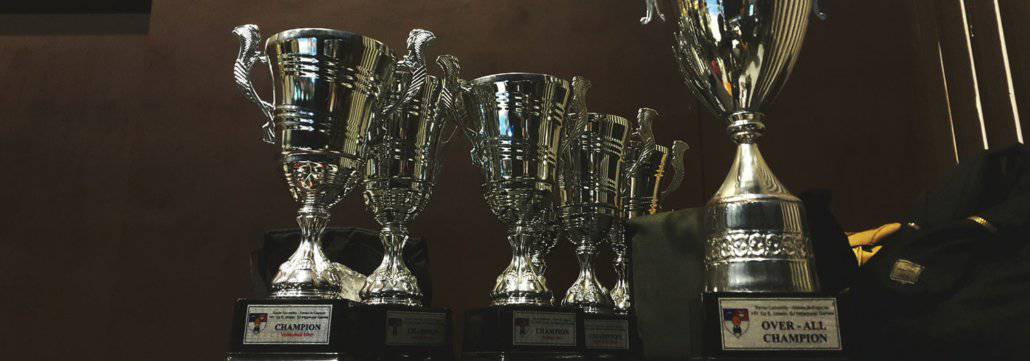This week we’re going to look at a variety of subjects that are all connected to the same root word: presence. Okay, it may be “cheating” a bit, but I’m also going to use related words, like “presenting” and simply “present”.
The other thing they have in common is that they all have to do with benefits families can get from working with a family business advisor.
The Presenting Problem
When a family calls in an outsider to work with them, it’s almost always because of some particular issue that they’re looking for help with. Many people will refer to that issue as the “presenting problem”.
One of the gifts that a good advisor may be able to offer the family, after getting to know them and their situation better, is that he or she will also be able to offer new perspective on other issues.
It’s certainly not unheard of for families to think that they only really need help with something minor, and later realize that there are bigger issues beneath the surface that are more important, and need to be dealt with.
Dealing with What Is Present
An area that can be connected to this can be in helping the family deal with what is present. When families are so used to being together and dealing with each other in the same old ways, an outside advisor can bring a lot of value to them by simply observing and indicating to the family members what they see, as an independent outsider.
Like the fish who doesn’t see the water or even know that they are swimmers, families can be oblivious to much of what is going on and how they are together, and that goes for the good as well as the bad.
Keeping you in the Present
A good advisor will also try to ensure that the family keep their focus on the present, with an eye to the future.
Families can dwell on the past way too much, to their detriment. Rehashing old family stories and replaying past wrongs that one sibling did to another can be a huge time and energy drain.
A good advisor will work to limit the focus on bygones and keep the family in the here and now.
Who Should Be Present
Families in business are composed of a few interdependent systems of people: namely family, business, and ownership. See: Three Circles + Seven Sectors = One A-Ha Moment
Because many of the same people are part of the various groups, some of these families have a lot of trouble making the distinction between the groups, which can create confusion during discussions.
A good outside advisor will help keep things clear, and making sure that the family members are there for family discussions, the business people are there for the business meetings, and the owners are present for when ownership is being discussed.
Presenting Alternatives
Returning to the fish analogy from earlier, often family members who’ve been working together for a long time begin to suffer from “groupthink”. They’ve been over the same subjects many times and they all begin to see things in exactly the same way.
An advisor who comes in from the outside can offer new perspectives to the family that they probably haven’t thought of, even though they’re often right under their proverbial noses.
The perspectives will almost always come with new alternatives for the family to consider.
Their Mere Presence
Sometimes the mere presence of that outsider, “someone with a different last name” as I often describe them, can do wonders for a family meeting.
When you were kids and there was a guest over for dinner, didn’t everyone behave just a little better? It can be remarkably similar for business families when an outsider comes in to facilitate their meeting for them.
If this person is also trained in mediation, they will be able to work with all family members in getting the concerns and interests of everyone onto the table so that they can be dealt with.
Bearing Gifts?
When I arrive to work with a family I don’t come bearing gifts, at least not anything that is wrapped and with a bow on it.
I come armed with my skills and wisdom, and a deck of cards to randomize the speaking order. Does your family deserve the gift that such an outsider can bring?








